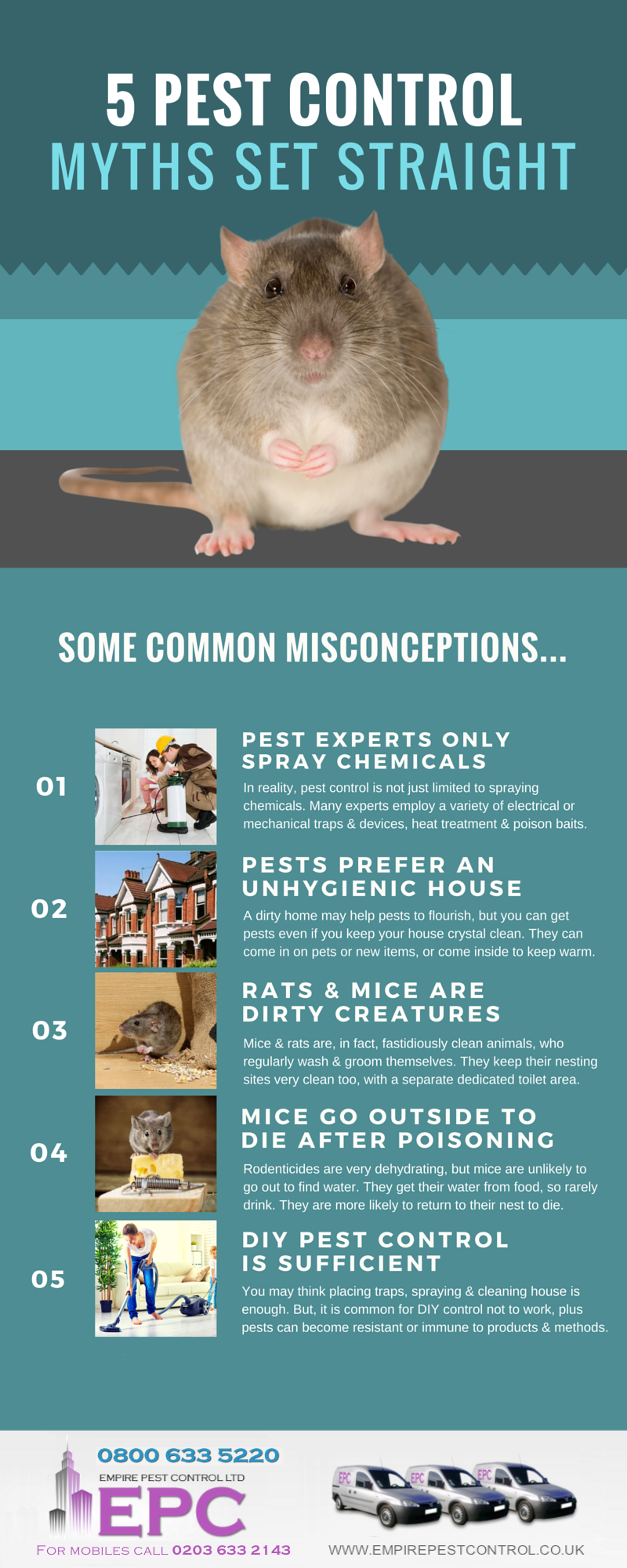Insights From Experts On Rodent Actions For Successful Pest Control
Insights From Experts On Rodent Actions For Successful Pest Control
Blog Article
Produced By-Craig Skovsgaard
Visualize having the ability to prepare for the relocations of your challengers in a game of chess, constantly staying one step in advance.
Worldwide of insect control, recognizing rodent behavior resembles having that calculated advantage. By gaining professional insights into the nesting habits, feeding patterns, and communication and social habits of rats, you can effectively combat these pesky creatures.
But how specifically do rodents behave, and why is it important to recognize? In this conversation, we will unwind the enigmas of rodent actions, supplying you with important understanding that will certainly aid you stay in advance in the fight against pests.
Are you prepared to discover the secrets of these shrewd creatures?
Nesting Habits
To recognize rodent habits and properly control pests, it is essential to obtain understanding right into their nesting habits.
Rats, such as mice and rats, have an all-natural instinct to locate shelter and produce nests where they really feel safe and secure. These nests serve as their homes, breeding premises, and storage areas for food. Understanding their nesting habits can aid you recognize prospective locations of problem and execute targeted control measures.
Rodents commonly choose nesting in dark, secluded spaces, such as attic rooms, basements, crawl spaces, and wall surface spaces. They make use of products like shredded paper, fabric, insulation, and even chewed-up electrical cables to construct their nests.
Feeding Patterns
Rats show distinctive feeding patterns that play a critical function in their actions and can educate reliable pest control strategies. Understanding these patterns is crucial for applying effective parasite control measures.
Rats are opportunistic feeders, suggesting they'll consume whatever food is easily available. They've a preference for high-calorie foods such as grains, nuts, and seeds. This is why proper storage of food and waste monitoring are crucial in preventing rodent problems.
In addition, rats are nocturnal, which means they're most energetic during the night when they look for food. By recognizing their feeding patterns, you can strategically position catches and lures to maximize their effectiveness.
Maintaining food resources unattainable and keeping a tidy atmosphere can assist deter rodents and lessen the threat of problem.
Communication and Social Behavior
Comprehending just how rodents interact and engage socially is important for reliable parasite control techniques. Rats, like computer mice and rats, have complex communication systems that they make use of to share info to each various other and coordinate their tasks. Below are 3 vital aspects of rodent communication and social actions:
1. navigate to this website : Rodents produce a variety of vocal noises, consisting of squeaks, tweets, and babbling, to connect with each other. These articulations can communicate different messages, such as danger warnings or mating phone calls.
2. Scent marking: Rodents use scent glands to leave chemical signals on things and in their atmosphere. These scent marks serve as territorial limits and interact info regarding reproductive standing, dominance, and social affiliation.
3. Social hierarchy: Rodents have an ordered social structure, with leading individuals having access to sources and preferred nesting websites. Recognizing brown recluse extermination pecking order is very important for targeting bug control efforts and determining vital people for elimination.
Conclusion
So, there you have it - a quick glimpse into the interesting globe of rodent habits. By comprehending their nesting behaviors, feeding patterns, and interaction, we can better tackle the issue of pest control.
Did you know that a female computer mouse can produce as much as 10 trashes each year, with each trash consisting of around 5-6 pups? This unbelievable fact highlights the significance of timely and effective pest management to prevent rodent populaces from spiraling out of control.
